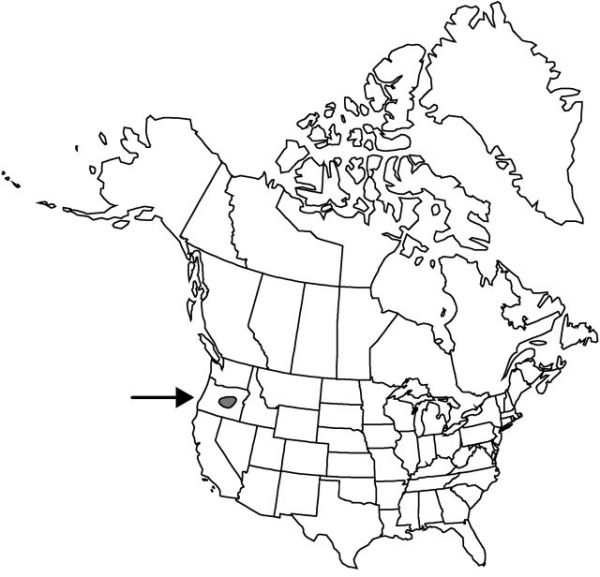Difference between revisions of "Calochortus longebarbatus var. peckii"
Bot. Gaz. 104: 556. 1943.
Endemic
imported>Volume Importer |
imported>Volume Importer |
||
| Line 50: | Line 50: | ||
|publication year=1943 | |publication year=1943 | ||
|special status=Endemic | |special status=Endemic | ||
| − | |source xml=https:// | + | |source xml=https://bitbucket.org/aafc-mbb/fna-data-curation/src/2e0870ddd59836b60bcf96646a41e87ea5a5943a/coarse_grained_fna_xml/V26/V26_171.xml |
|genus=Calochortus | |genus=Calochortus | ||
|species=Calochortus longebarbatus | |species=Calochortus longebarbatus | ||
Latest revision as of 21:13, 5 November 2020
Basal leaves base typically reddish. Perianth broadly campanulate; petals sharply bent at gland. 2n = 30.
Phenology: Flowering late spring–mid summer.
Habitat: Grassy margins of wet meadows and under pines
Elevation: 1600–1800 m
Discussion
Calochortus longebarbatus var. peckii is a triploid that bears only sterile anthers and reproduces only vegetatively through division of the bulb. It is found in the Ochoco Mountains.
Selected References
None.
Lower Taxa
None.
